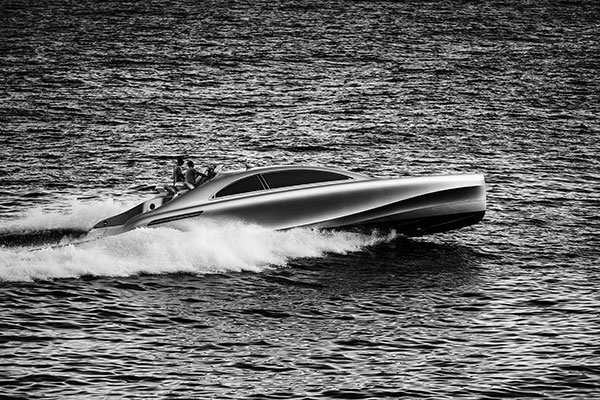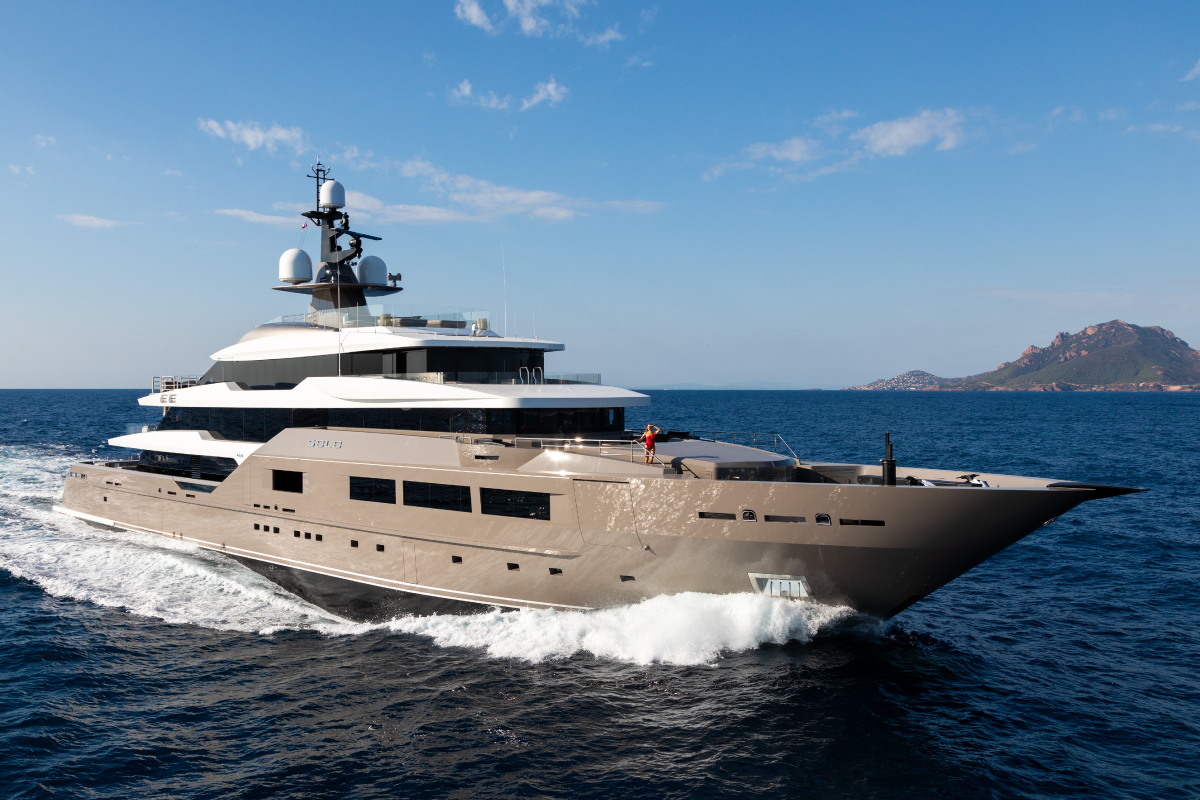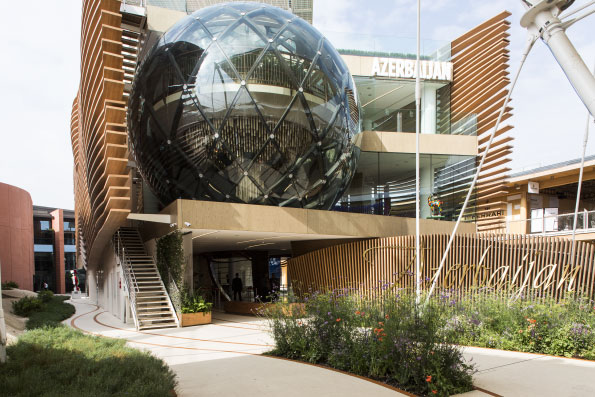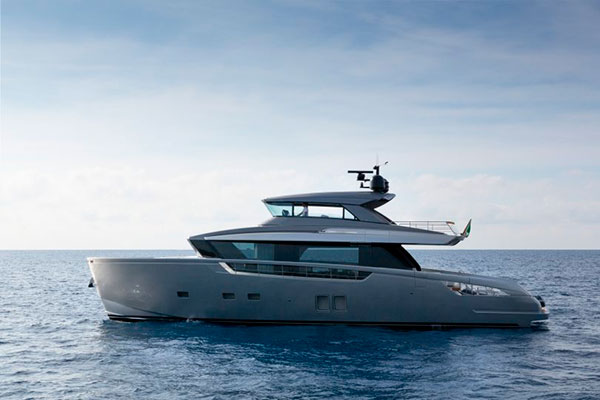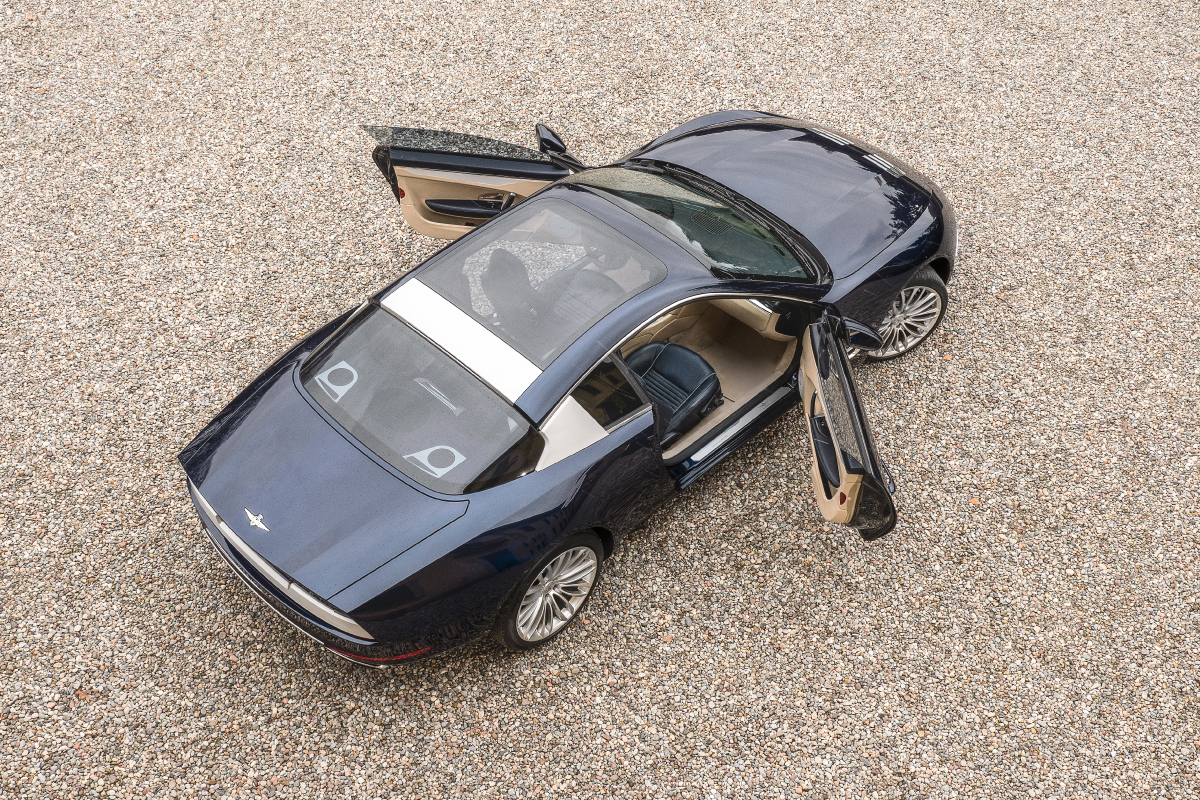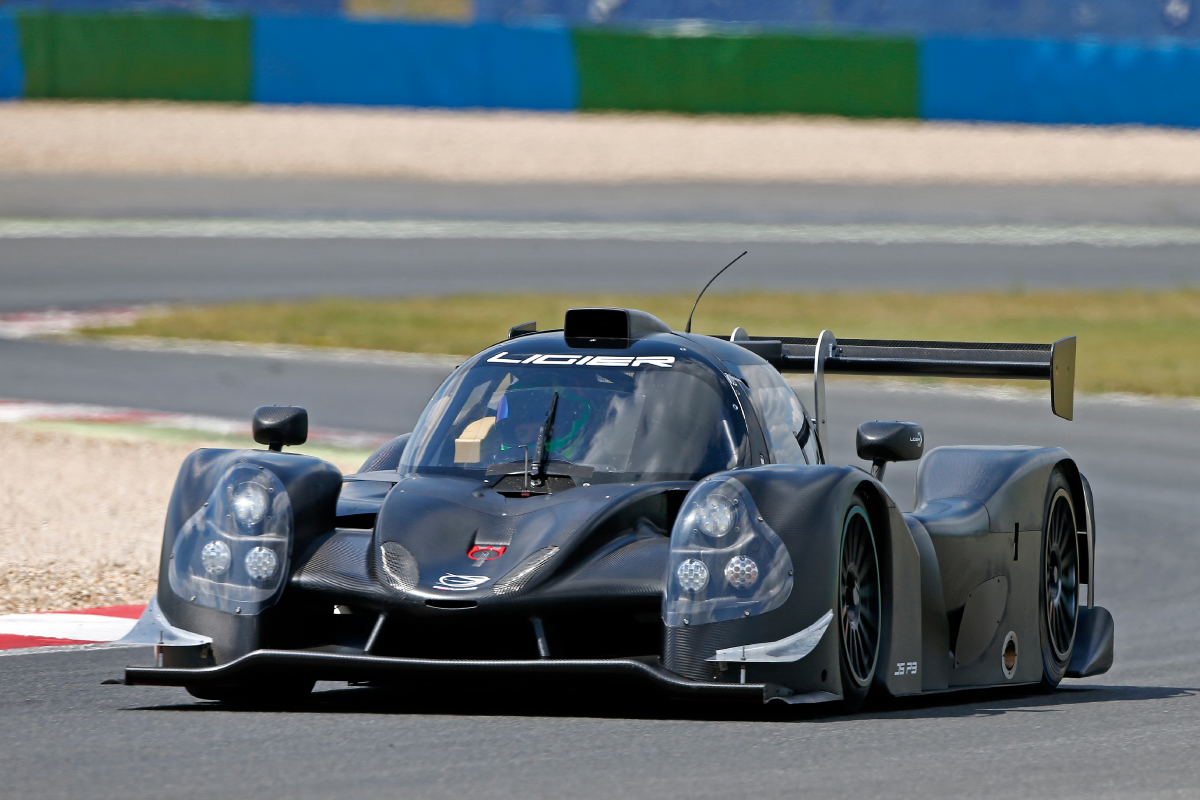Architecture
[vc_row full_width=”stretch_row” css=”.vc_custom_1559633394748{background-color: #f6f6f6 !important;}”][vc_column][vc_empty_space height=”45px”][vc_row_inner][vc_column_inner width=”1/3″][crumina_heading layout=”custom” delim_width=”0″ heading_margin=”m-b-0″ heading=”01.” heading_font_options=”tag:h1|font_size:90|color:%23111111|font_style_bold:1″ subheading_font_options=”tag:span”][vc_column_text]
Development
The creation of the Azerbaijan Pavilion at the EXPO 2015 in Milan had to communicate a concept, that of stylistic and philosophical innovation and it was envisioned by Viraver as two glass spheres with a 10m diameter.
Following the Genoa BIFOR Biosphere Project, designed by the architect Luca Persico, an alternative project following another line of thought was proposed, by the architect, for the Azerbaijan pavilion, another way that would be representative from a formal and architectural point of view and innovative for forms and materials.
[/vc_column_text][/vc_column_inner][vc_column_inner width=”1/3″][crumina_heading layout=”custom” delim_width=”0″ heading_margin=”m-b-0″ heading=”02.” heading_font_options=”tag:h1|font_size:90|color:%23111111|font_style_bold:1″ subheading_font_options=”tag:span”][vc_column_text]
Design
The spheres represent the biodiversity and the cultural heritage of a country where the different elements coexist together.
From a mechanical point of view, the project was conceived with a system of rhombuses with a dimension of 3mx2m and crosses for uniting the pieces that would allow assembly and dismantling of the spheres so that at the end of EXPO2015 they could come down and then reassembled in Baku to become a permanent architectural piece of art. The engineering and success of the project was based on the perfect match between the carpentry and the glass parts.
[/vc_column_text][/vc_column_inner][vc_column_inner width=”1/3″][crumina_heading layout=”custom” delim_width=”0″ heading_margin=”m-b-0″ heading=”03.” heading_font_options=”tag:h1|font_size:90|color:%23111111|font_style_bold:1″ subheading_font_options=”tag:span”][vc_column_text]
Production
Viraver Technology was the main player in this project, fulfilling all of the technical and aesthetic demands. In order to produce the two 10m diameter spheres, 36 different moulds had to be created and a total of 680 slates of glass rhombus shaped and with a maximum size of 3mx2m were produced. The curved spherical glass used for the structure covers a 1.200sqm area.
The slates of glass were modelled on the spheres, therefore curved along the x,y axis thanks to the sag bending technology, they were stratified and underwent the chemical strengthened process in order to deliver the mechanical performance required, to achieve the perfect spherical shape and optical quality, not forgoing passive safety.
[/vc_column_text][/vc_column_inner][/vc_row_inner][vc_empty_space height=”80px”][/vc_column][/vc_row][vc_row][vc_column][vc_empty_space height=”45px”][vc_row_inner][vc_column_inner width=”1/3″][vc_single_image image=”3778″ img_size=”large”][/vc_column_inner][vc_column_inner width=”1/3″][/vc_column_inner][vc_column_inner width=”1/3″][/vc_column_inner][/vc_row_inner][vc_empty_space height=”45px”][/vc_column][/vc_row]

